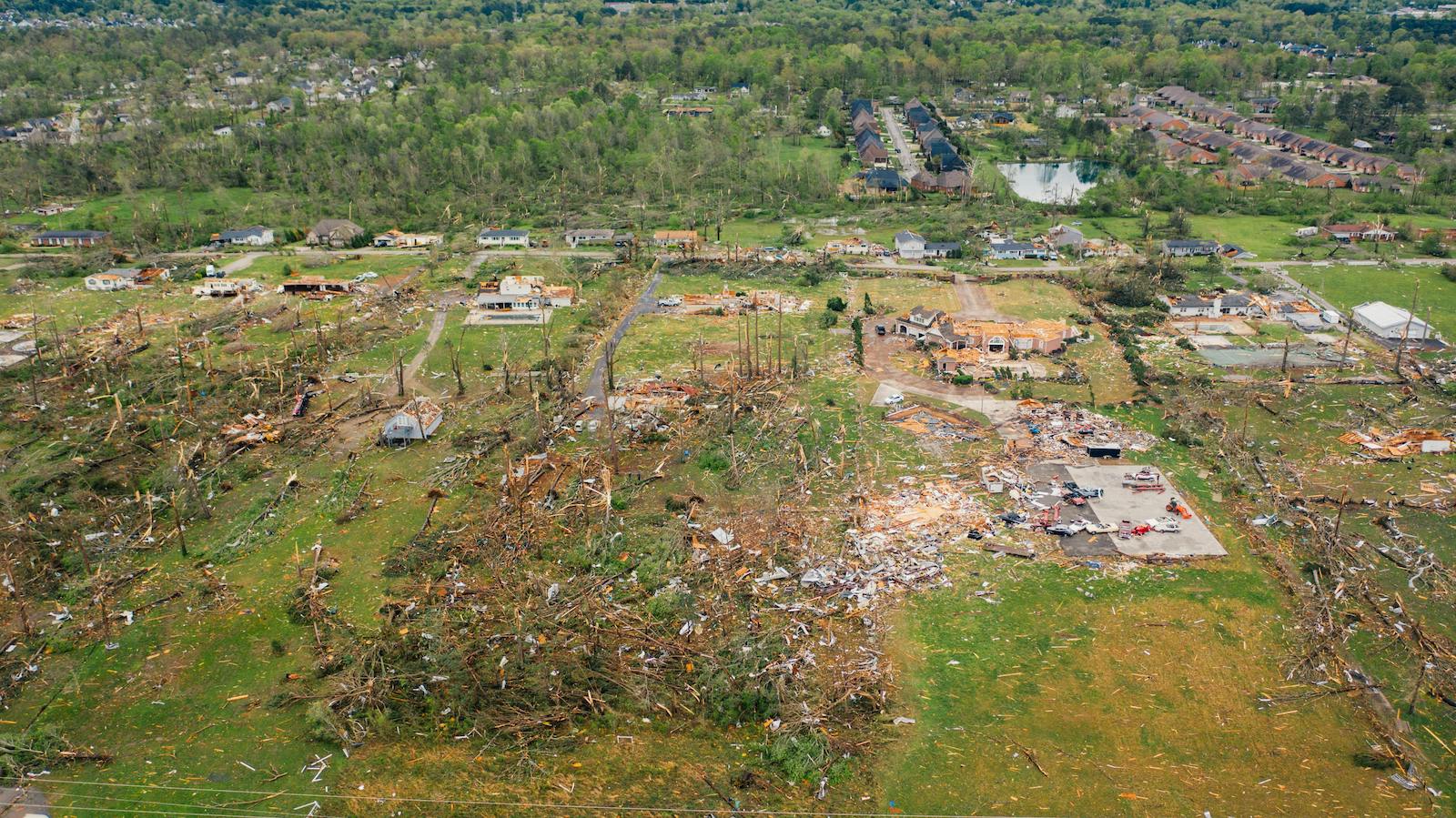The ability to micro-census – that is, to gather granular data about individual homes and businesses and use it to inform underwriting – will lead to the biggest changes in flood insurance since the launch of the National Flood Insurance Program (NFIP) in 1968.
Most visible among these changes will be the transformation of NFIP policies and the rise of private flood insurance, which micro-censusing makes possible (read: potentially profitable at scale) for the first time. Here, I’ll examine the rise of micro-censusing in insurance; its likely applications in the flood market; and the potential impact on NFIP and private products, the agents selling them; and the Americans they’ll protect.
The Rise of Micro-Censusing and Its Applications in the Flood Market
In the last two decades, innovation in the insurance industry has been powered by better data. Data collection from smart devices is changing how health and auto insurers price policies, and data from services like Google Maps is changing how underwriters assess business insurance applications.
In homeowner’s insurance, providers are pulling publicly available, address-specific data – from roof type to proximity to a fire hydrant – and feeding it to algorithms to assess risks.
All of these can be considered examples of micro-censusing because they use data at the individual rather than demographic level to determine risk, which makes for much more accurate assessments.
Now that readily available tech makes micro-censusing possible and practical, it’s become wildly popular. With micro-census data, insurance providers can price policies more accurately and manage risk far better than was historically possible.
This is a boon for markets like flood, where existing risk models are often outdated. Micro-censusing makes it possible to assess risk on a property-by-property basis in something close to real time.
In practice, this means, for example, that the houses on the lower-lying part of a street, where water tends to pool during heavy rainstorms, could receive vastly different quotes from those at the top of a modest hill, where puddles typically don’t form. Homeowners at both locations would receive more precise quotes.
Risk Rating 2.0: How NFIP Is Leading the Way
FEMA is redesigning its flood insurance products, thanks in part to micro-censusing breakthroughs. In October 2021, the NFIP plans to roll out Risk Rating 2.0, an all-new rating methodology.
While not many details about Risk Rating 2.0 are public, the update is expected to change NFIP policies in a few fundamental ways.
First, micro-censusing capabilities are expected to introduce property-specific risk assessment capabilities, which will make way for flood insurance policies that are tailored to each household.
The new rating engine is also expected to help agents accurately price and sell policies. More rating clarity will help policyholders better understand their property’s flood risk and how that risk is captured in their cost of insurance.
Perhaps most importantly, NFIP’s rating characteristics under Risk Rating 2.0 include the cost to rebuild a home, which means that NFIP will aim to give more affordable quotes to owners of lower-value homes. In other words, the system will be able to provide fairer policies to all homeowners.
See also: Flood Insurance: Are the Storm Clouds Lifting?
The Impact of Micro-Censusing on Private Insurance
In addition to changing the way the NFIP rates policies, micro-censusing technology is also drawing private insurers to enter the flood market. The new availability of data means they can now more confidently assess and underwrite risks around the country.
The implications of this are significant: With private insurers entering the market, there’s sure to be an increase in available products, which means greater opportunity for Americans to protect their homes and greater opportunity for agents to grow their books and better serve their customers.
Greater product availability will also put less strain on federal disaster funds. Today, 20% of all NFIP claims come from properties that aren’t in high-risk areas. Those properties receive a third of all federal disaster assistance for flooding, in part because they’re not required to carry flood insurance.
In other words, the impact of micro-censusing (and other technology) on flood insurance can’t really be overstated, especially in an era where FEMA’s official position is “anywhere it can rain, it can flood.”
See also: 5 FAQs on Private Flood Insurance
Micro-Censusing Will Bring Macro Changes to America’s Flood Insurance
Today, the typical homeowner faces a 10% chance of fire loss over the course of a 30-year mortgage, but a 30% chance of flood loss. Still, 85% of homeowners have fire insurance and just 15% have flood insurance. These are clear indicators that flood insurance in America needs a makeover.
Micro-censusing has the power to spark dramatic change in the industry. The granular data it provides will lead to the entry of more private insurers and the improvement of NFIP policies, which will increase agents’ ability to find appropriate coverage for their customers. Overall, this will mean better flood protection for at-risk Americans.






